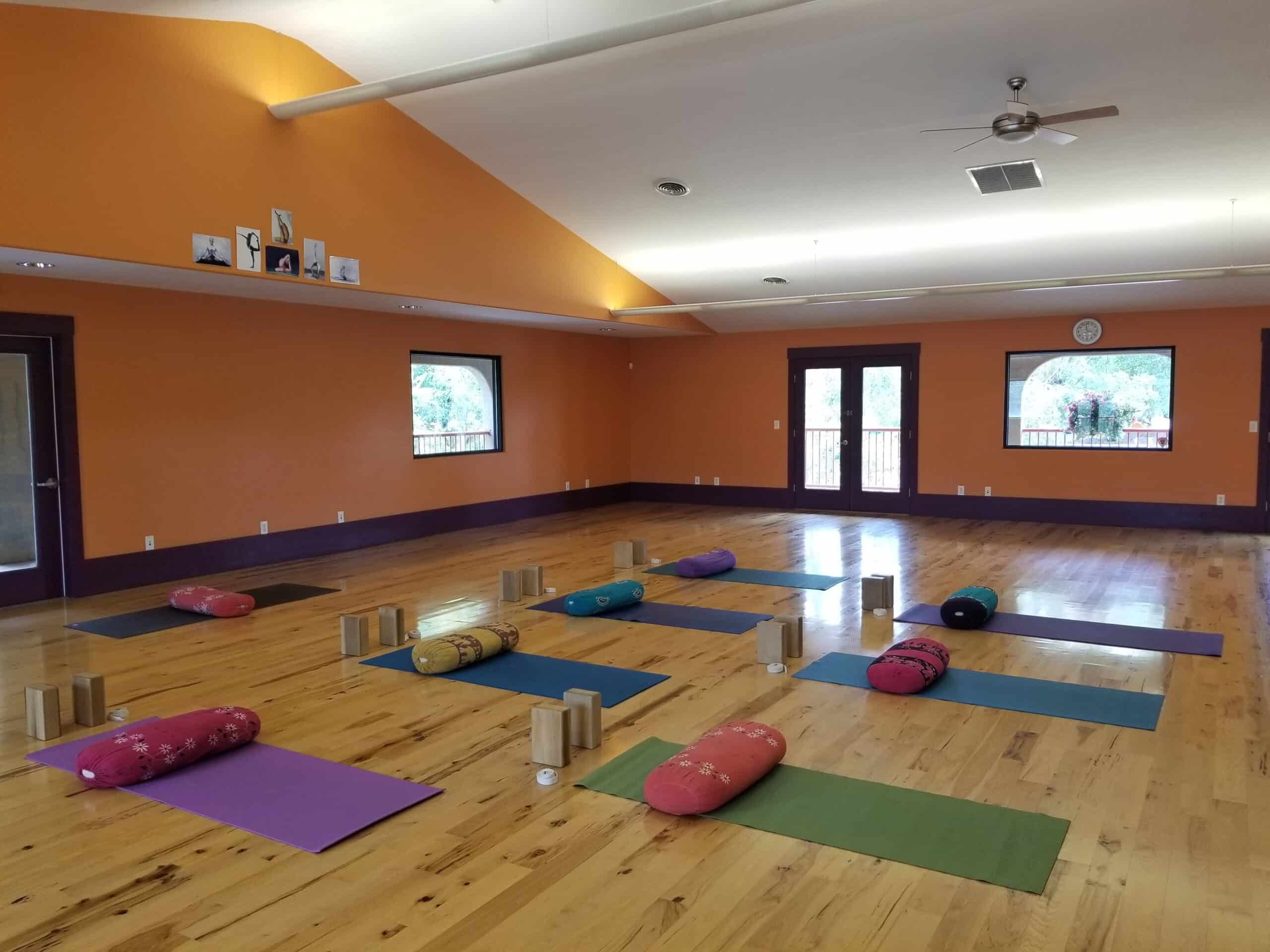How to Manage Overstimulation Through Meditation | By Mia Barnes
Have you ever felt like screaming because too much was happening at once and you needed to stop and breathe? Overstimulation can happen to anyone, upsetting your central nervous system and making it harder to respond rationally right when you need your wits the most.
What can you do to get a grip? It requires a combination approach that soothes both your mind and the physiological processes making you feel off-balance. Fortunately, free holistic treatments work. Here’s how to manage overstimulation through meditation.
1. Tune In to Your Senses
Overstimulation can occur as much from your reaction to external stimuli as the events themselves. While it might be more challenging to feel calm amid a mall teeming with holiday shoppers, you can stave off panic – even if you’re juggling last-minute gifts.
How? You can borrow a tip from neurodivergent folks by substituting a different sensation for focusing your awareness instead of on your racing thoughts. This practice is similar to stimming, although it centers on the input you receive through your five external senses instead of a repetitive motion or phrase. Anyone can benefit from this self-soothing technique, not only those with sensory issues. Here’s what to do:
- Stop: Pause where you are – stepping aside out of passing foot traffic – and take a deep breath.
- Focus: Name five things you can see, followed by four you can touch or feel. Continue with three you can hear, two you can smell, and one you can taste.
- Troubleshoot: Evaluate the stimuli you mentioned. Is one contributing to your distress more than others? For example, you might feel overwhelmed by lights and sounds. In such cases, decide if you can breathe deep and power through your mission or take a break and reconvene when you feel calmer. If it’s your growling stomach and the scent of Auntie Anne’s pretzels driving you to distraction, will a snack help?
This simple meditation is a fantastic way to build awareness of your triggers. For example, the scent of a passing stranger’s cologne could make you irritable all day if you aren’t mindful of how it reminds you of a past abusive partner. When you become aware of the issue, you can use self-compassion and care to remind yourself that you are safe in the present and a strong survivor who overcame difficulties in the past and will continue to do so.
2. Try Progressive Muscle Relaxation
Progressive muscle relaxation is a meditation technique that helps uncover and address hidden tension, often resulting from emotional distress. It’s fabulous for combating chronic pain when remaining sedentary for too long ties your muscles up in knots. Best of all, you can perform it without anyone noticing what you’re doing, making it perfect for your work desk.
Here’s how you can flow through a progressive muscle relaxation exercise:
- Draw awareness to your breath: You’ll inhale as you contract each muscle group and exhale to release it. Take a few deep breaths to center yourself first.
- Start at your toes: Beginning with your feet, curl your toes, tensing all the muscles below. Gradually work your way through your legs and up your torso.
- Repeat areas of tension: You might find some areas are especially tight and tense, like your shoulders. In such cases, keep hunching them toward your ears or pulling them behind you with each inhale and releasing them with each exhale until you feel the tightness ease.
This exercise also builds awareness of interoception. What’s that? It’s how physical sensations arising in your body affect you. One example is snapping at a loved one when you have a headache.
3. Control Your Breathing
Yogis know that pranayama, or breath work, is one of the most vital aspects of their practice. Deep breathing can activate your parasympathetic nervous system – the part that tells you to rest and digest. It’s the ideal antidote when you feel overstimulated.
You have a world of breathing techniques from which to choose — so pick the one that works best for you. Here are some examples:
- Boxed breathing: Popularized by the Navy SEALs, this technique has you inhale for a four-count, pause for a count of four, then exhale the same length before holding again at the bottom.
- Alternate-nostril breathing: Use your thumb to close one side of your nose while breathing deeply, then the other, alternating with each breath.
- Lion’s breath: Inhale as deeply as you can and exhale forcibly as you stick out your tongue.
Repeat your chosen breathing technique until you feel a sense of calm return. These also have the benefit of letting you practice anytime and anywhere.
How to Manage Overstimulation Through Meditation
Overstimulation can make you feel anxious. Worse, it can impact your behavior. Fortunately, you can take control. Use the above techniques to manage overstimulation through meditation.
Photo by Joanna Nix-Walkup.
 Mia Barnes is a health and wellness freelance writer with a passion for yoga, mindfulness and self-care. Mia is also the Founder and Editor-in-Chief of Body+Mind Magazine. Follow Mia and Body+Mind on Twitter and Linkedin!
Mia Barnes is a health and wellness freelance writer with a passion for yoga, mindfulness and self-care. Mia is also the Founder and Editor-in-Chief of Body+Mind Magazine. Follow Mia and Body+Mind on Twitter and Linkedin! The FreeSip from Owala keeps your water cold for up to 24 hours, allows you to drink two [...]

Subscribe to Our Tribe
Stay up to date with Y+L News, Events and special announcements.










